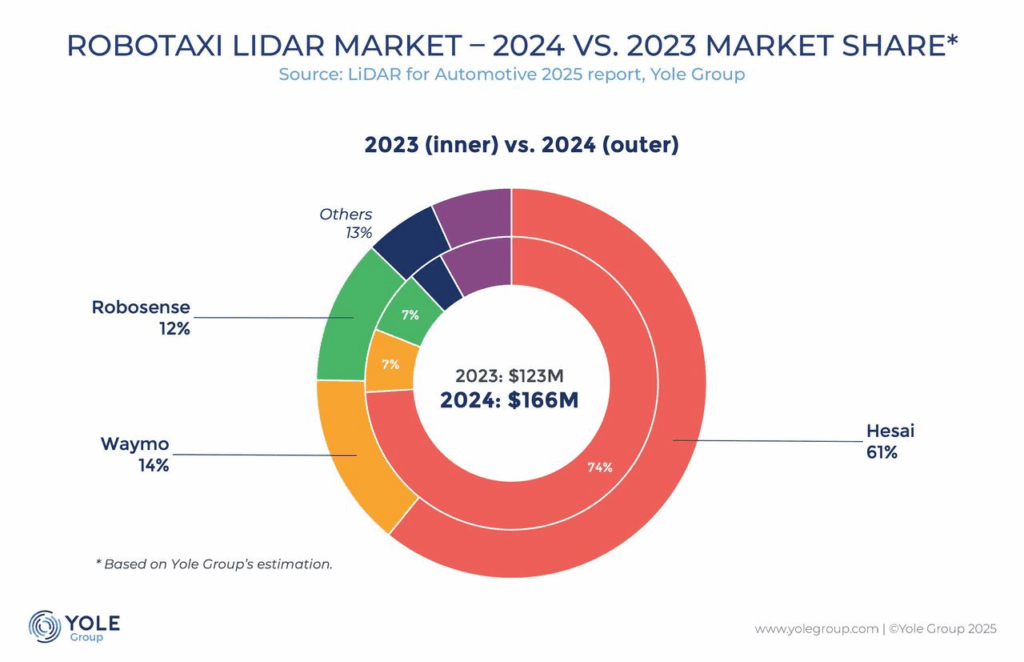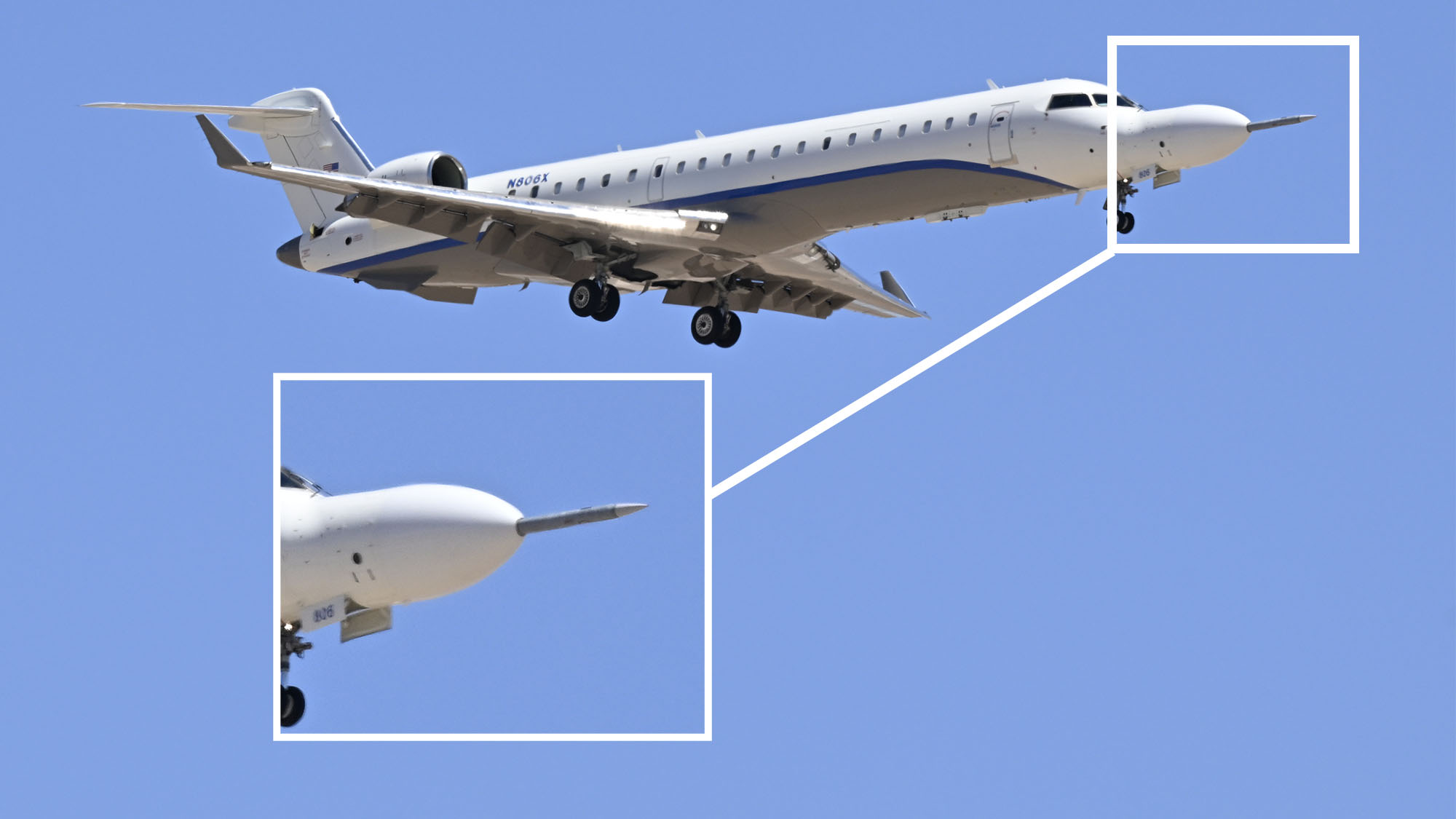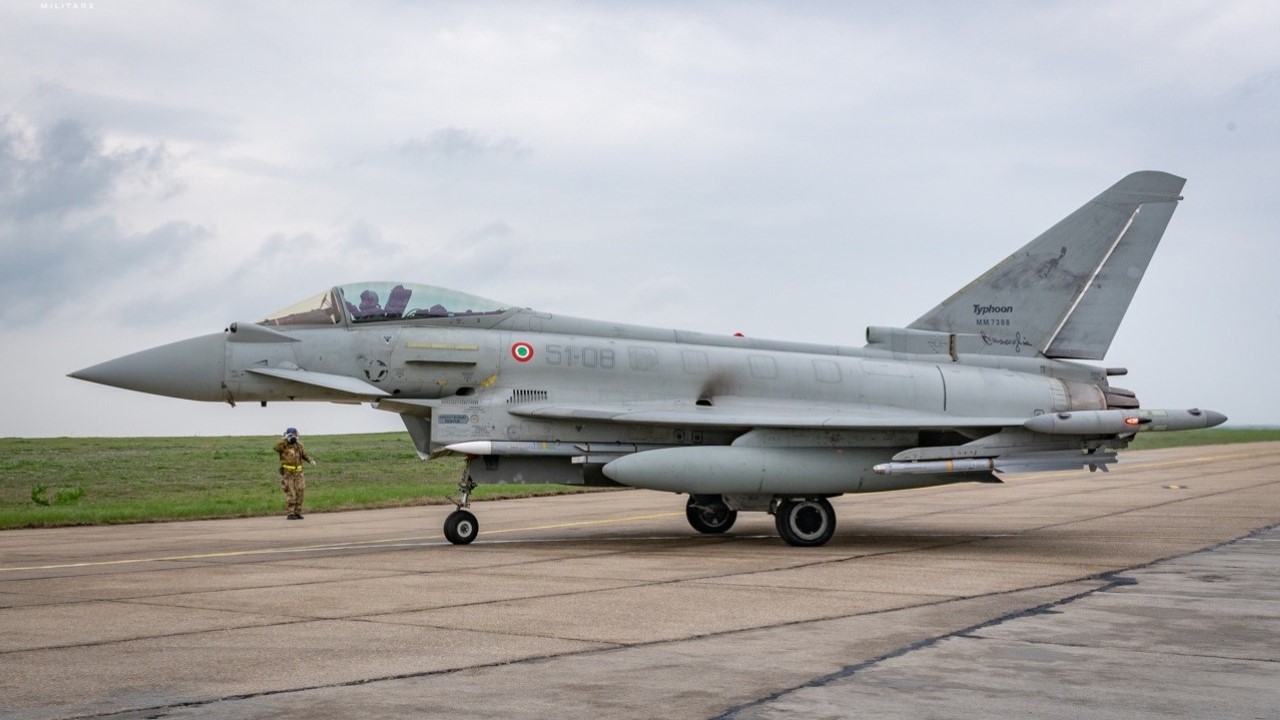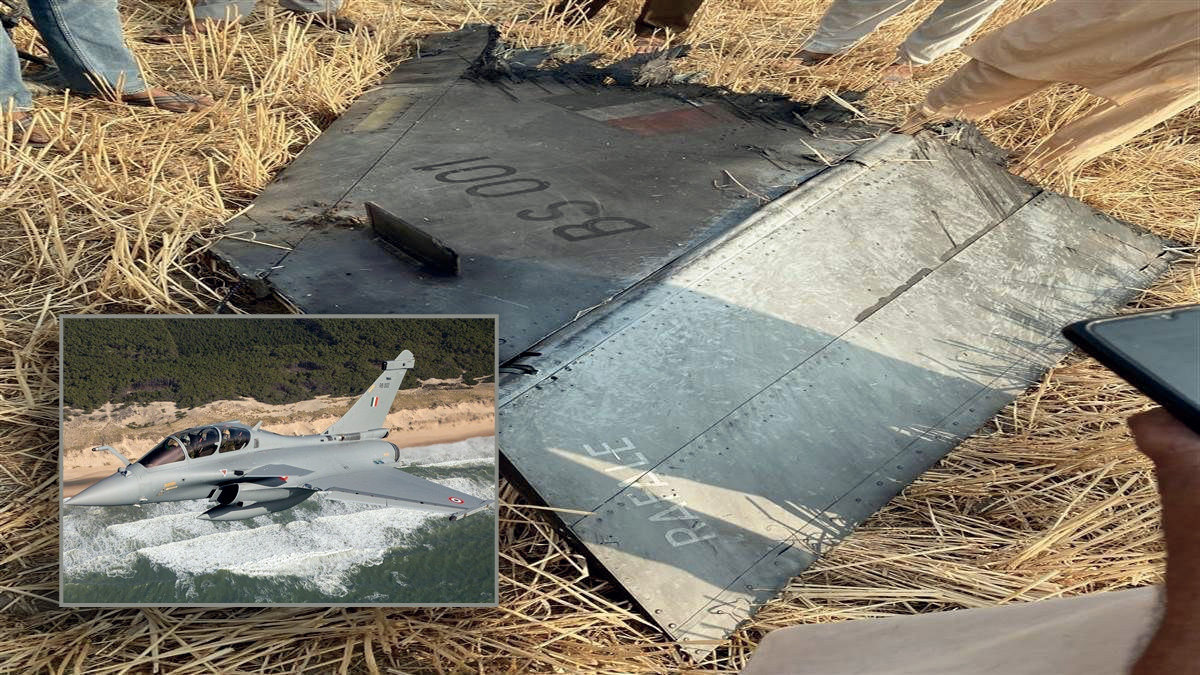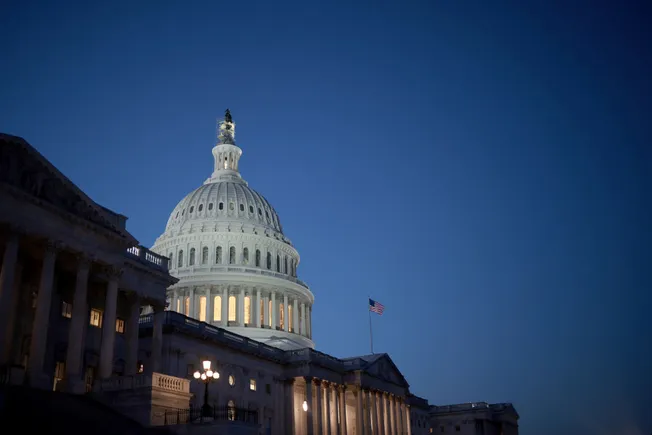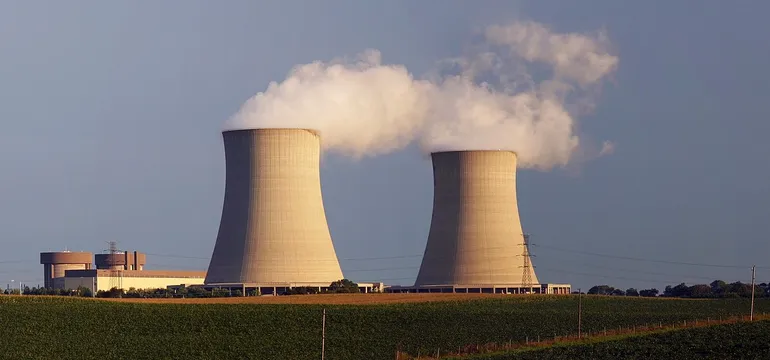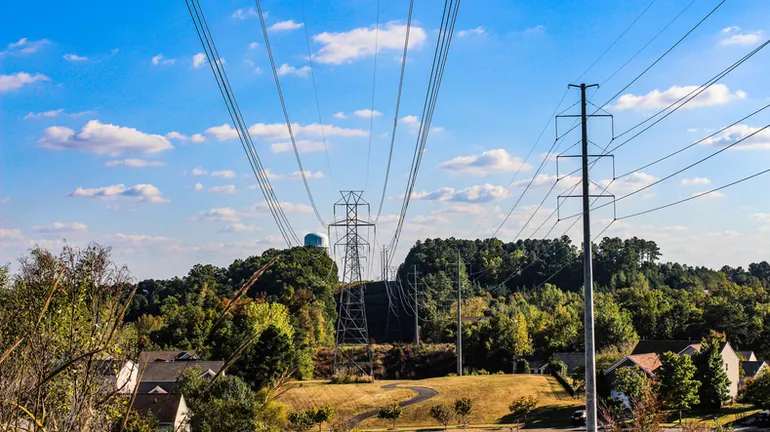Air Force considers loosening Air Force One requirements to hit 2027 delivery
A separate Boeing project to integrate a new radar on the B-52 Stratofortress bomber has also suffered a cost breach, said Air Force official Darlene Costello.


U.S. President Donald J. Trump deplanes from a VC-25A aircraft at Selfridge Air National Guard Base, Michigan, April 29, 2025. (U.S. Air National Guard photo by Senior Airman Nathan Wingate)
WASHINGTON — Boeing has told the US Air Force that the company’s long-troubled effort to deliver the nation’s next presidential jetliners could be sped up and handed over during the Trump presidency — as long as the aircraft’s requirements are relaxed, according to a top service official.
Darlene Costello, who is performing the duties of the service’s acquisition czar, told lawmakers Wednesday an estimate recently provided by the beleaguered aerospace giant shows a “significant improvement” in the company’s schedule.
The two parties are now “looking at the requirements that are being potentially traded off” to achieve a Boeing-proposed delivery date of 2027, she said. Breaking Defense previously reported that Boeing was recently faced with a delivery estimate as late as 2029.
It’s not clear whether the new 2027 date refers to both Air Force One aircraft Boeing is on contract for, or just the first. Boeing deferred comment to the Air Force when asked to confirm the newly proposed Air Force One date. The Air Force has not responded to requests for more information as of press time.
“So I would not necessarily guarantee that date, but they’re proposing to bring it into ‘27,” Costello told the House Armed Services seapower and projection forces subcommittee. “If we can come to an agreement on the requirements changes that get us to that point, that may be possible.”
Without elaborating, she said some of those requirements may still need to be kept intact, but added that the Air Force is “working with the White House on what’s acceptable from a capability standpoint for those aircraft, and we will refine the date accordingly.”
Problems and spiraling delays on the Air Force One program have recently drawn the ire of President Donald Trump, who has reportedly tapped L3Harris to convert a Qatari jet to serve as an interim presidential jetliner amid delays with the Boeing aircraft. Boeing has lost billions of dollars on the fixed-price contract for the new presidential jets that the Air Force calls the VC-25B, the first of which was originally projected to be delivered this year.
Boeing CEO Kelly Ortberg has acknowledged the commander-in-chief’s frustrations with the company’s troubles, and has said Department of Government Efficiency chief Elon Musk is helping Boeing “get the things that are non-value added constraints out of the way, so that we can move faster and get the president those airplanes delivered.”
B-52 Radar Woes
Also during the hearing, Costello revealed that Boeing’s effort to integrate a new radar onto the Eisenhower-era B-52 Stratofortress has experienced a cost breach, which she said has formally crossed the “significant” threshold set by the Nunn-McCurdy Act.
According to subcommittee chair and Mississippi Republican Trent Kelly, despite the new estimate for the B-52 Radar Modernization Program (RMP), the program is not projected to cross into “critical” cost breach territory. A significant cost breach requires a military service to notify Congress of a price spike, whereas a critical breach — measured by a larger cost increase — requires senior Pentagon officials to certify a program to continue or face cancellation.
Asked by Kelly about the determination that the program will not breach a critical threshold, Costello replied she is “pretty confident in this, which is why we have decided to continue with the program.” The service conducted an “affordability review” when the cost estimates came in higher than expected, Costello said, and officials have “refined the requirements down to a [minimum] viable product” for features truly needed by Global Strike Command. Capabilities could still be incorporated later, she added.
“We don’t believe it’s going to be a critical Nunn-McCurdy. We don’t believe we’re close to having a critical Nunn-McCurdy, but we are beyond the significant threshold and we’re working through the process to inform Congress of that,” Costello said.
Boeing, which is leading both the RMP and an effort to re-engine the decades-old bomber, similarly deferred to the Air Force when asked to comment on the radar cost increases.
Officials have previously highlighted issues with the RMP effort, which Air Force officials said had risen in price to $3.3 billion, a billion-dollar increase over a $2.3 billion baseline reported by the Government Accountability Office. The program has also been delayed, with the Pentagon’s top weapons tester finding in a report earlier this year that the effort’s production decision has slipped roughly a year to fiscal 2026.
Later in the hearing, subcommittee member and Michigan Republican Jack Bergman said the RMP’s unit cost increased by 17 percent, triggering the Nunn-McCurdy notification. It’s not clear what the program’s new cost estimate is, and an Air Force spokesperson said one is not yet available.
“There are a lot of things that contribute to a cost estimate, and the estimate that we put together compared to the proposal that came in had different assumptions baked in that. So that contributed a lot to the growth,” Costello said.






















